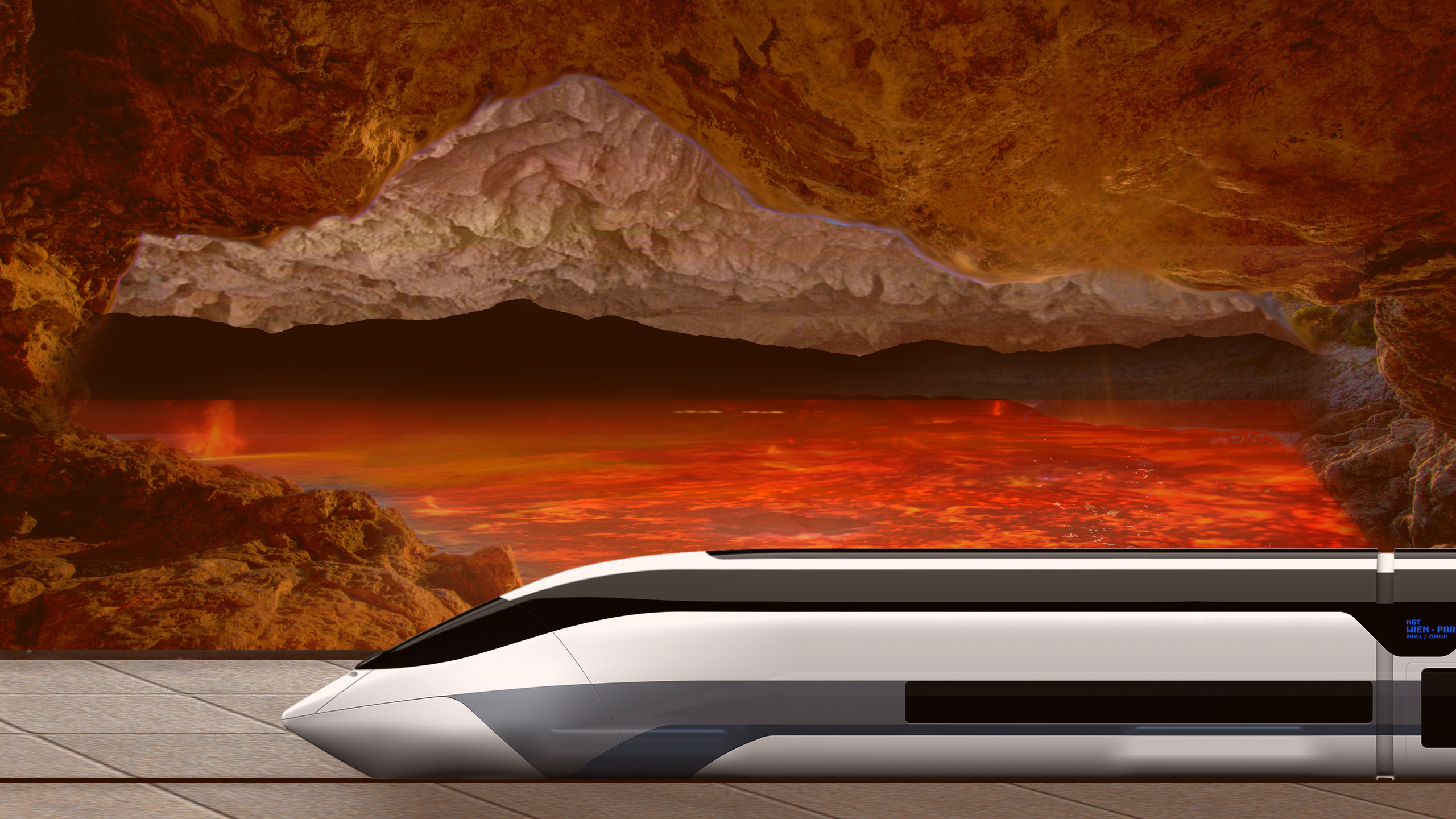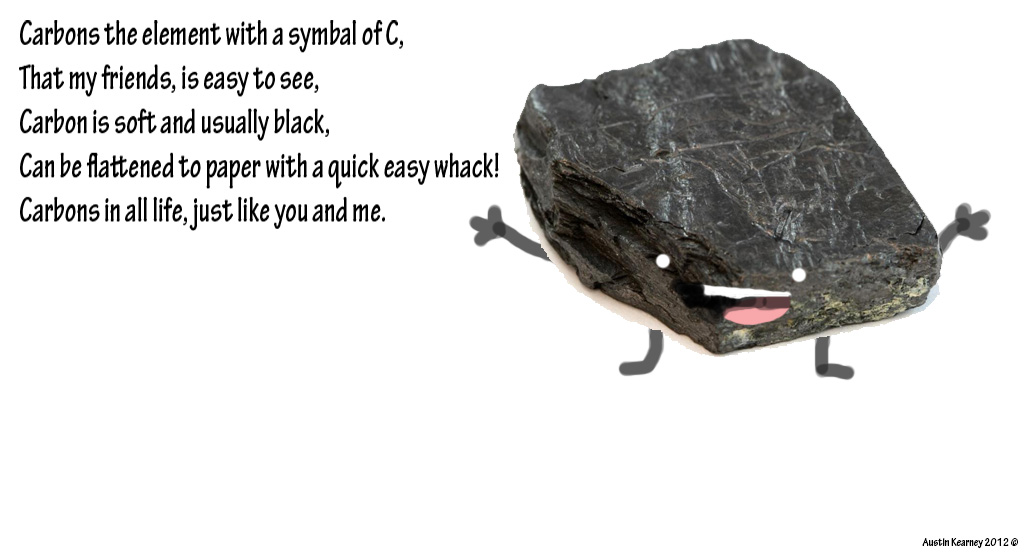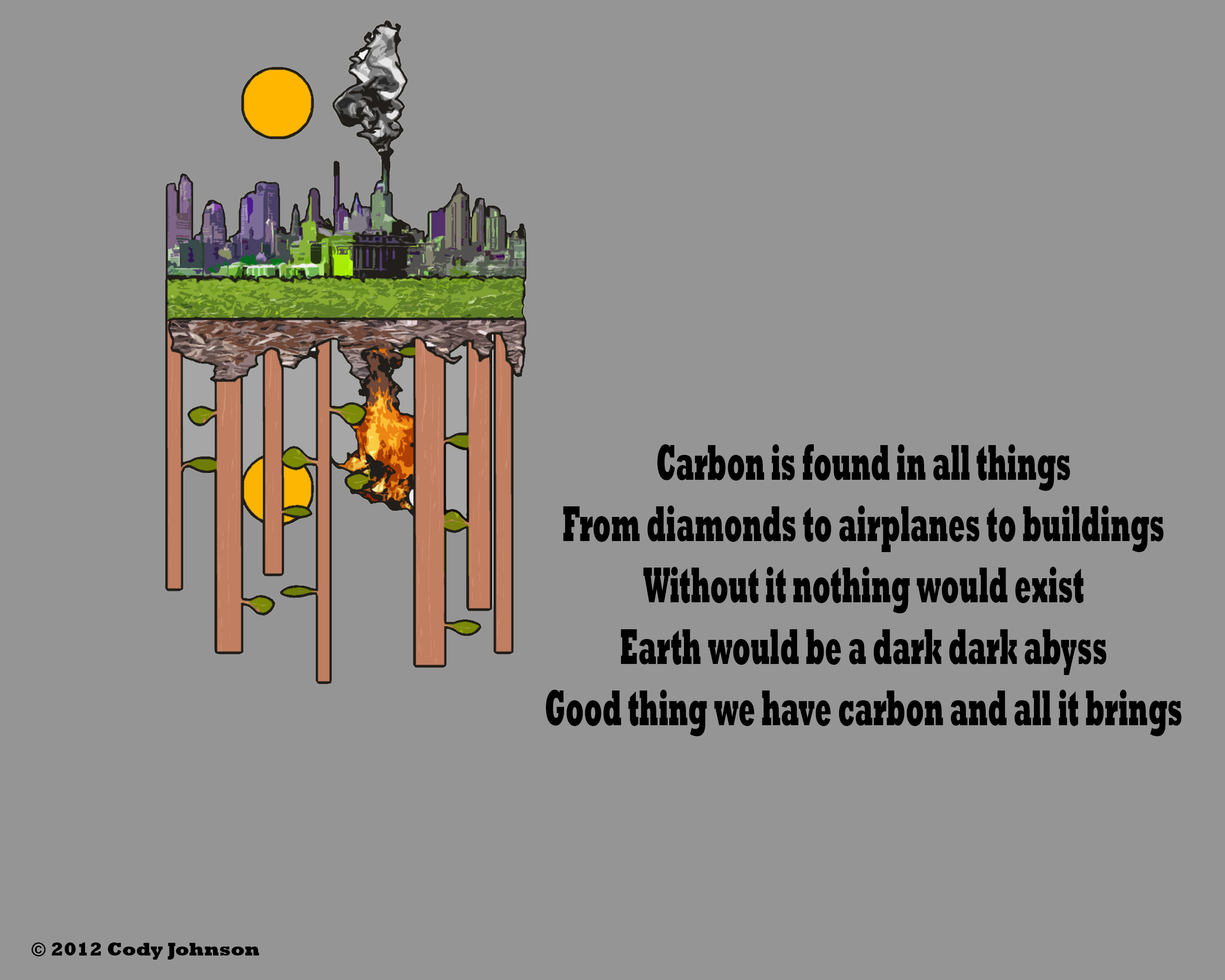Coal is usually amorphous, without crystalline structure. Coal and powdery or flaky soot (a product of pyrolysis – decomposing by heat) are amorphous forms of carbon. The coal grades in industry depend on the carbon content and include anthracite (about 90% carbon), bituminous coal (75–90% carbon), and soft, brownish lignite (about 55% carbon, often containing traces of plant structures), to say nothing about brown, soil-like peat (turf).
Surface mining in the United States
The low-sulfur content coal of the Midwest and western states contribute to the geographical shift in coal production towards the western United States. About 60% of the coal produced today results from the surface mining from the seams lying close to the earth surface. The soil and rock overlying the mineral deposit, called the overburden is removed with the use of the heavy equipment called the earthmovers. Then the next huge machines such as dragline excavators or bucket wheel excavators extract the coal. There are several forms of surface mining including:
– Strip mining of a seam of mineral by removing a strip of the overburden;
– Open-pit mining that means removing rock and minerals from an open pit or borrow and later converting pits to landfills after the mineral resource is exhausted;
– Mountaintop removal mining that involves restructuring both the mine site and the previously forested area where the overburden is dumped;
– Dredging that brings underwater mineral deposits;
– Highwall mining through pushing with a power head and shearing with a cutterhead boom and auger.
Surface mining in the United States
The low-sulfur content coal of the Midwest and western states contribute to the geographical shift in coal production towards the western United States. About 60% of the coal produced today results from the surface mining from the seams lying close to the earth surface. The soil and rock overlying the mineral deposit, called the overburden is removed with the use of the heavy equipment called the earthmovers. Then the next huge machines such as dragline excavators or bucket wheel excavators extract the coal. There are several forms of surface mining including:
– Strip mining of a seam of mineral by removing a strip of the overburden;
– Open-pit mining that means removing rock and minerals from an open pit or borrow and later converting pits to landfills after the mineral resource is exhausted;
– Mountaintop removal mining that involves restructuring both the mine site and the previously forested area where the overburden is dumped;
– Dredging that brings underwater mineral deposits;
– Highwall mining through pushing with a power head and shearing with a cutterhead boom and auger.
The environmental cost of surface mining
There is large environmental impact of surface mining on the topography, vegetation, and water resources, which causes conversion of substances in watersheds into toxic forms, threatens many endangered species and lead to a loss of biodiversity (Palmer, 2011). The growing production of energy coming from the surface mines results in producing large areas of infertile waste rock. The mountaintop removal mining involves blasting the overburden (up to 400 vertical feet – 120 m) with thousands of tones of explosives. The valley fills frequently bury headwater streams causing permanent loss of ecosystems. Surface mining happens at the expense of local communities and the environment and results in the disturbance of pre-existing ecosystems: higher levels of minerals in the water; decreased aquatic biodiversity; presence of dust containing sulfur compounds; poor level of reforesting the areas; invasion of the quick-growing, non-native grasses that compete with tree seedlings, planted to quickly provide vegetation on a site; and many other threats.
The environmental cost of surface mining
There is large environmental impact of surface mining on the topography, vegetation, and water resources, which causes conversion of substances in watersheds into toxic forms, threatens many endangered species and lead to a loss of biodiversity (Palmer, 2011). The growing production of energy coming from the surface mines results in producing large areas of infertile waste rock. The mountaintop removal mining involves blasting the overburden (up to 400 vertical feet – 120 m) with thousands of tones of explosives. The valley fills frequently bury headwater streams causing permanent loss of ecosystems. Surface mining happens at the expense of local communities and the environment and results in the disturbance of pre-existing ecosystems: higher levels of minerals in the water; decreased aquatic biodiversity; presence of dust containing sulfur compounds; poor level of reforesting the areas; invasion of the quick-growing, non-native grasses that compete with tree seedlings, planted to quickly provide vegetation on a site; and many other threats.





The Shirt Design based on Limerick about Carbon